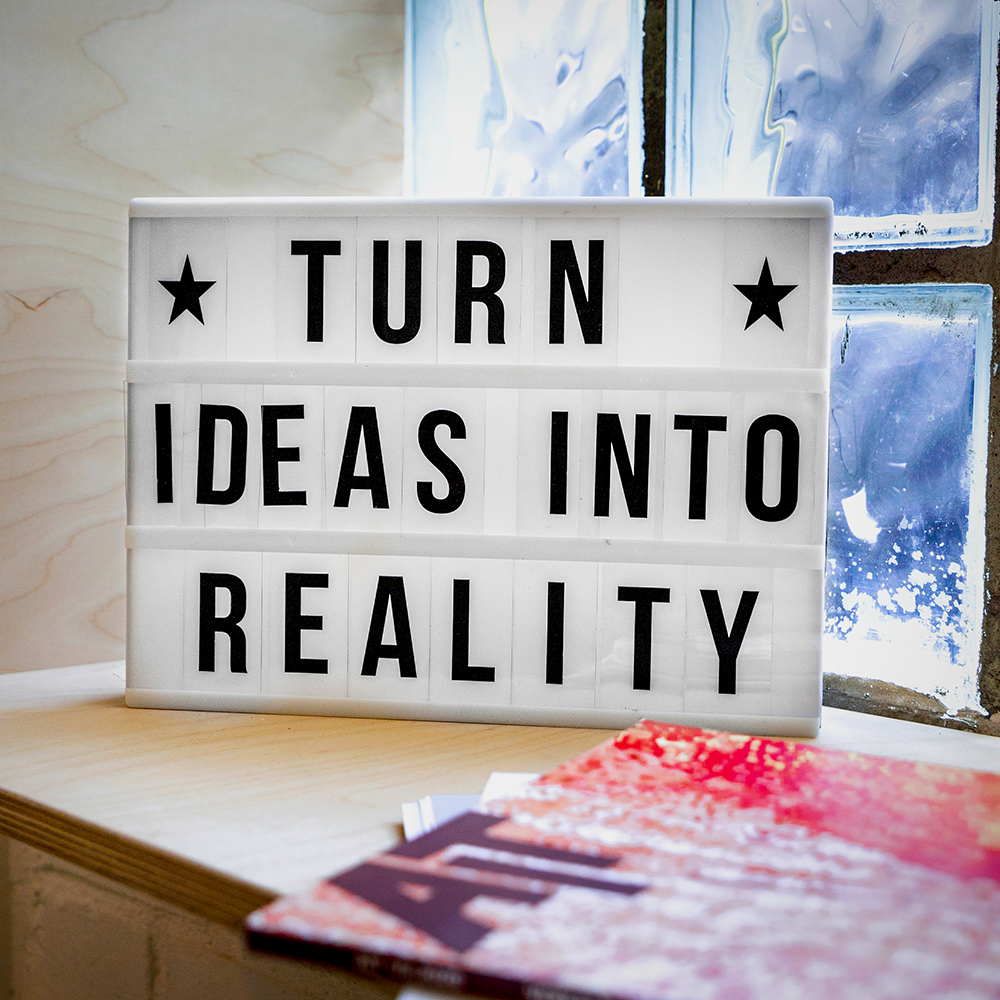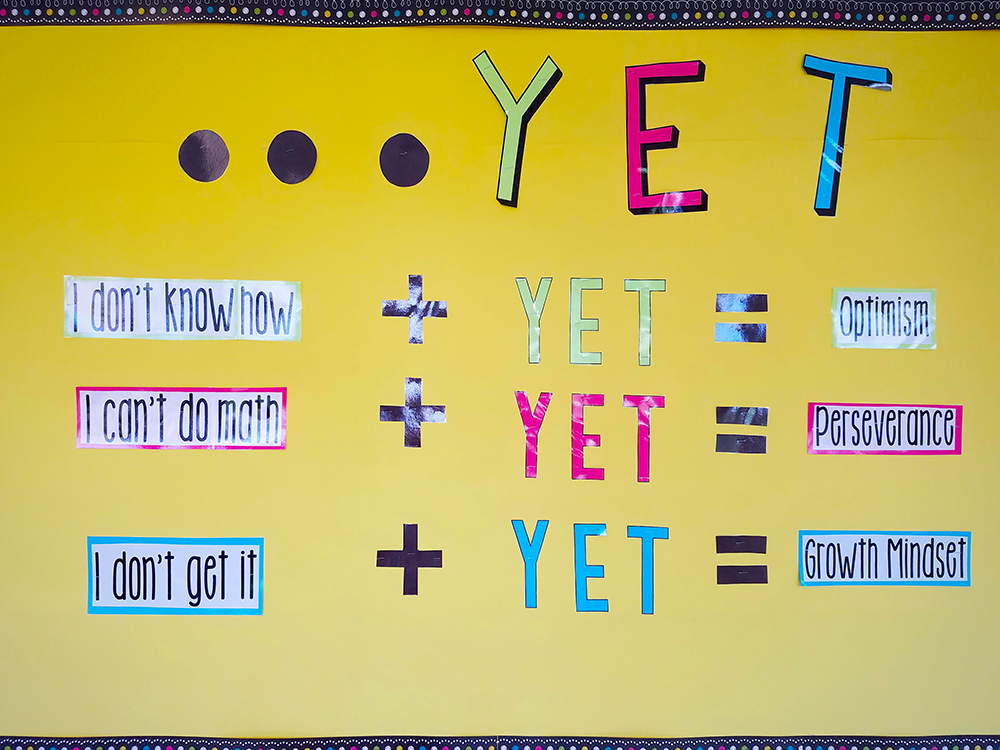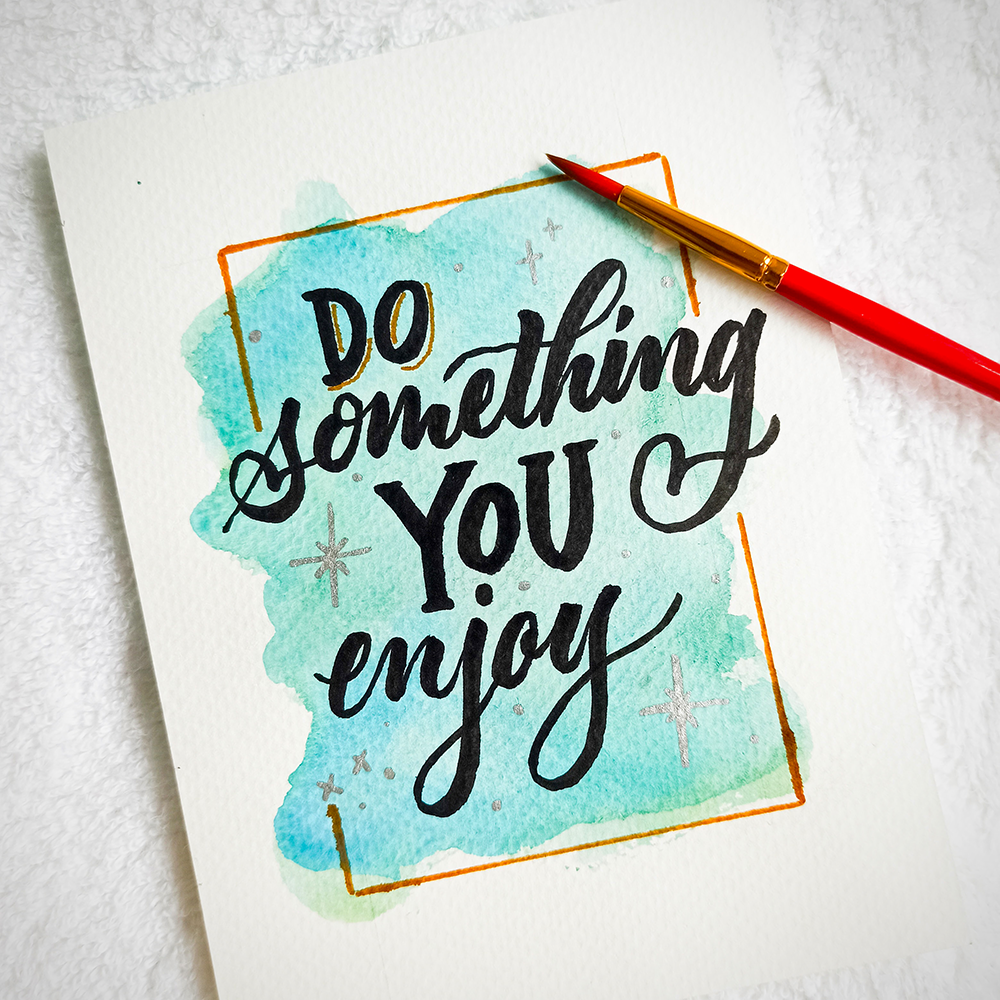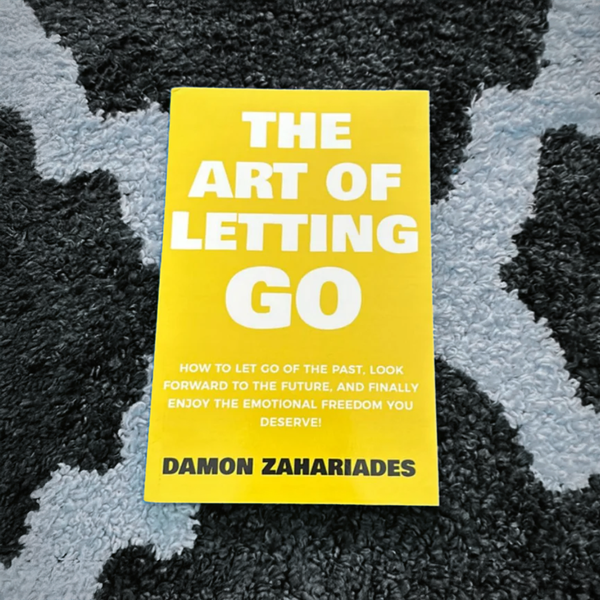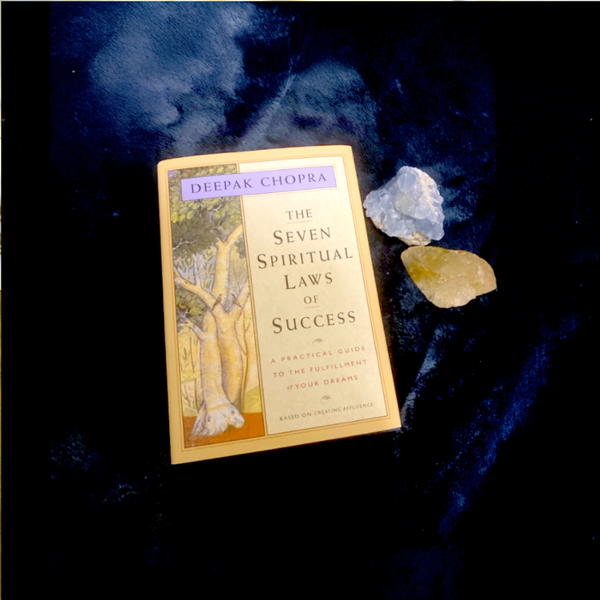Are you a creator looking to break down creative walls and achieve those lofty aspirations?
Are you an artist getting back to your creative goals after a break or feeling off-track with your current projects?
If so, don’t fret!
We've all been stuck in a rut, unmotivated and disinterested, and we know how difficult it can be to stay motivated and focused.
But it doesn't have to stay that way!
Motivation can be hard to come by sometimes, but the great news is that there are simple strategies to help you get back on track and stay motivated while making progress towards achieving your goals.
This blog post will provide helpful tips for setting realistic goals, staying motivated and productive while meeting them, plus strategies for course correction when needed.
Whether you are just starting out with your art career journey or experienced but taking a break from creating–you'll find something that will help get you back on track.
From getting started on activities geared towards success, forming positive habits and routines that work for you, or tackling consistency challenges – we provide practical advice because we know how tough achieving your objectives can be.
If you're ready to hit refresh on those aspirations of yours, then let's dive right in and explore how you can make sure those awesome ambitions become reality!
Reinvigorate yourself with our comprehensive strategies and get back on track today!
So, grab your favorite beverage of choice because it's time to put those creative intentions into action and start achieving those artistic dreams today!

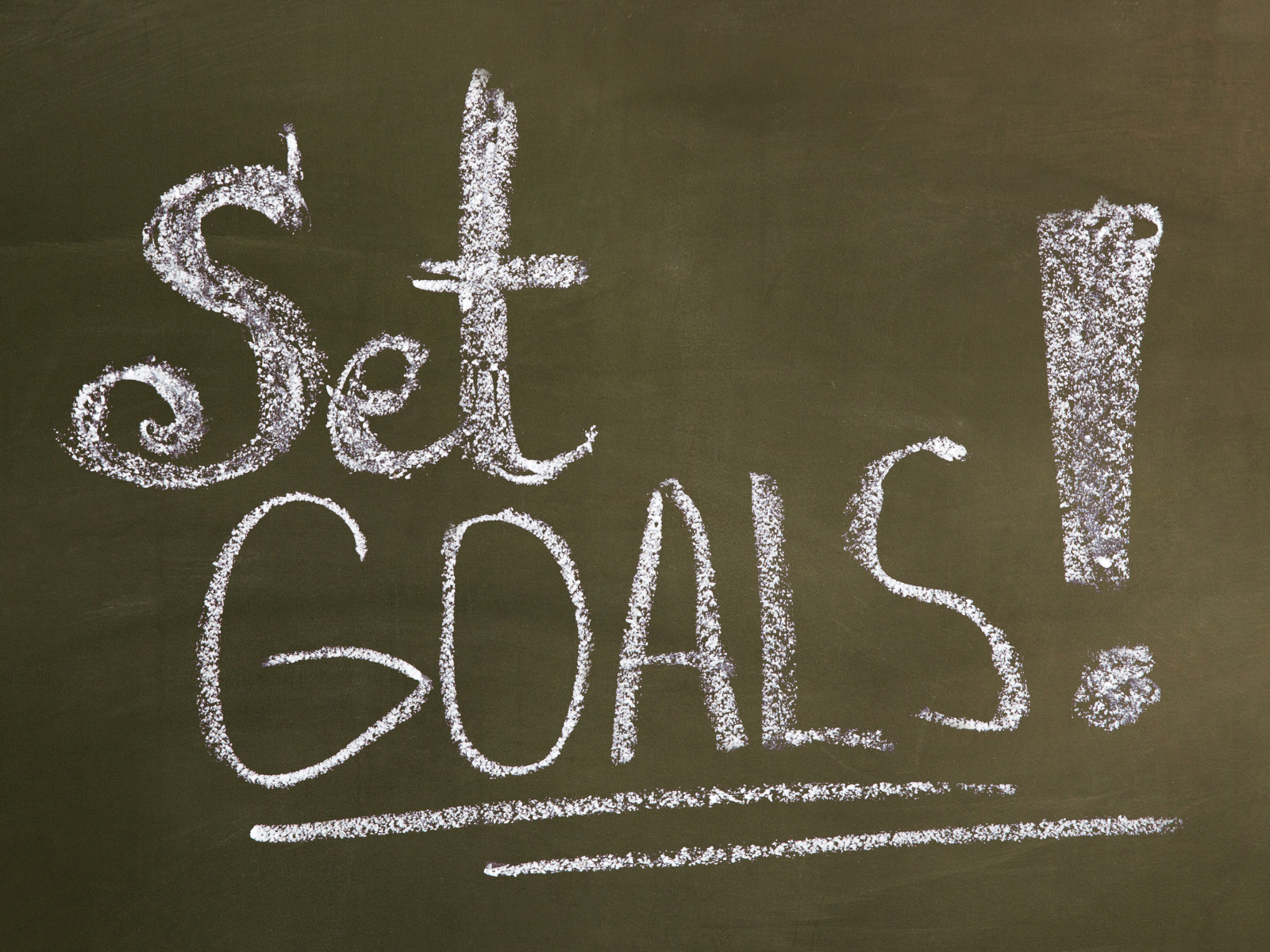

What the Heck are Creative Goals Anyway?
Ahh, creativity.
That indescribable feeling when the colors come together or the words flow effortlessly.
However, even the most creative souls sometimes struggle with setting goals and achieving them.
As an artist, setting creative goals is essential to ensure personal development and progression.
It’s time to take charge, get focused, and take your art to the next level!
Creative goals, my friends, are like Google Maps for your artistic journey.
They guide you from Point A to Point B, act as motivation when you get lost, and allow you to track your progress and recognize those milestones.
They're milestones that help you plot out your path to personal and professional growth in the realm of creativity.
While everyday goals like "clean the house" or "finish the report" are task-oriented, creative goals are process-oriented.
They focus on the journey rather than the destination.
Creative goals enhance your creative life and career by fostering personal growth, improving problem-solving skills, and boosting self-confidence.
Plus, when you reach your creative goals, it's extremely rewarding!
Whether you're a creative person pursuing your hobbies, running a creative business, working with a team of creative entrepreneurs, or starting a creative career, setting and reaching your goals is paramount.
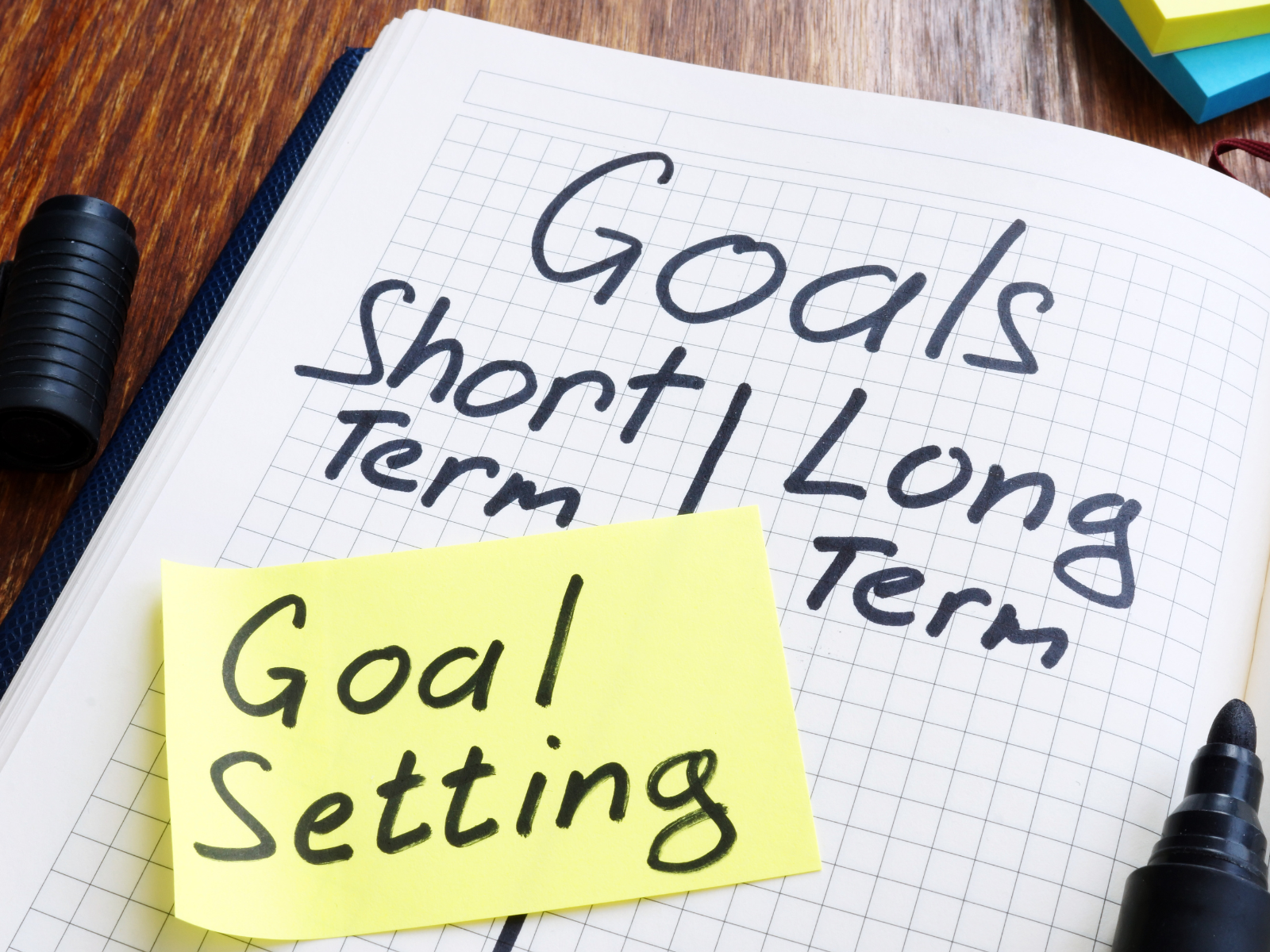


Why Care about Creative Goals?
Well, without goals, your creativity is like a ship without a rudder.
You're just floating aimlessly in the ocean of ideas with no direction.
Creative goals give you purpose, focus, and the motivation to push through when the going gets tough (or when Netflix drops a new season of your favorite show).
You probably already know the basics of goal setting.
But why should you bother with creative goals?
Well, when you set and achieve creative goals, you’ll be:
- Fostering personal growth as an artist
- Developing problem solving skills to help tackle complex challenges in your work
- Reaching milestones and recognizing that you're making progress
- Boosting your self confidence in yourself and your craft
- Experiencing the reward of reaching a goal when it is achieved!
Setting and achieving your goals is a great way to keep yourself motivated, whether it's making sure you hit your daily word count or finishing that painting.
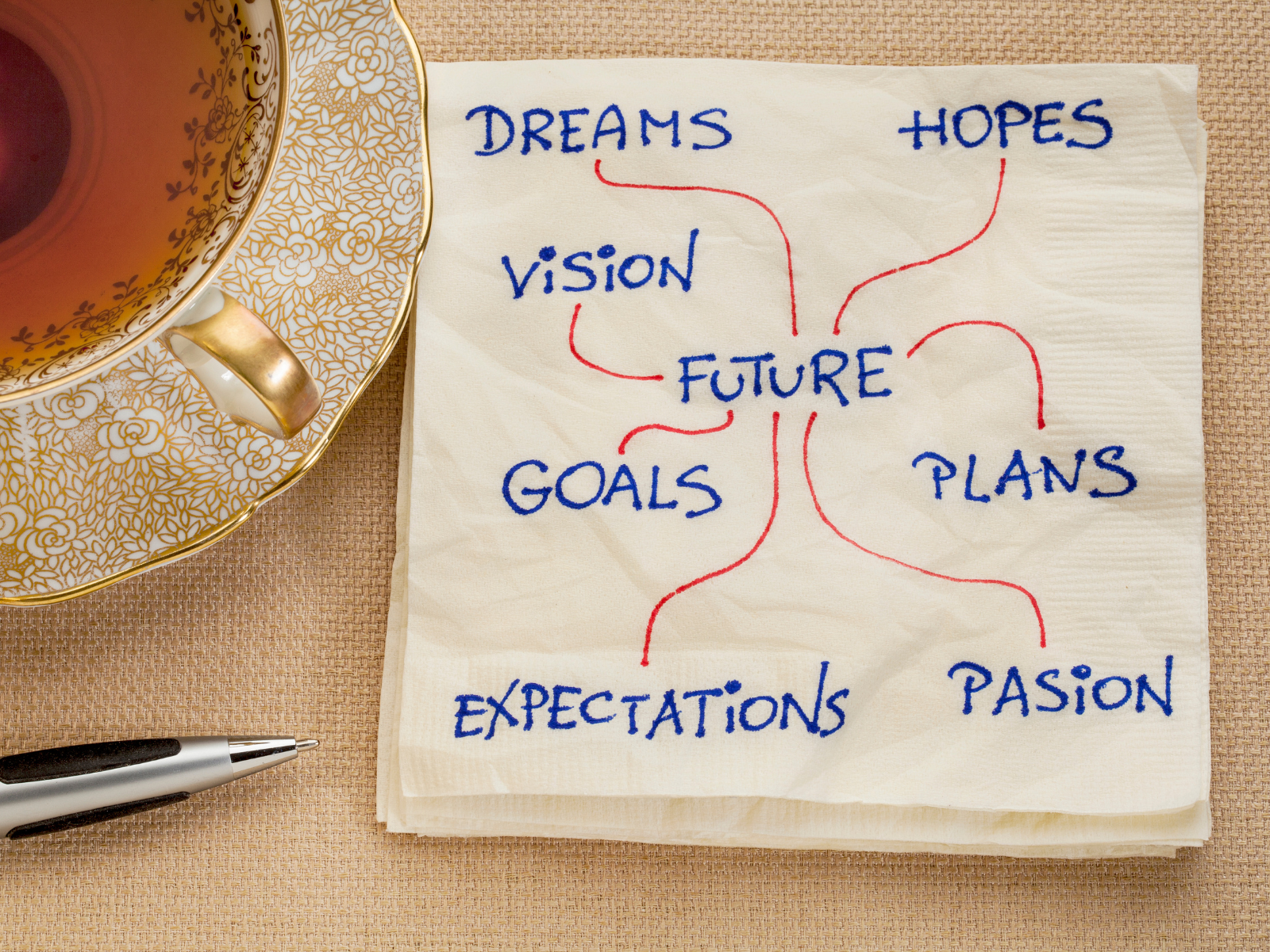

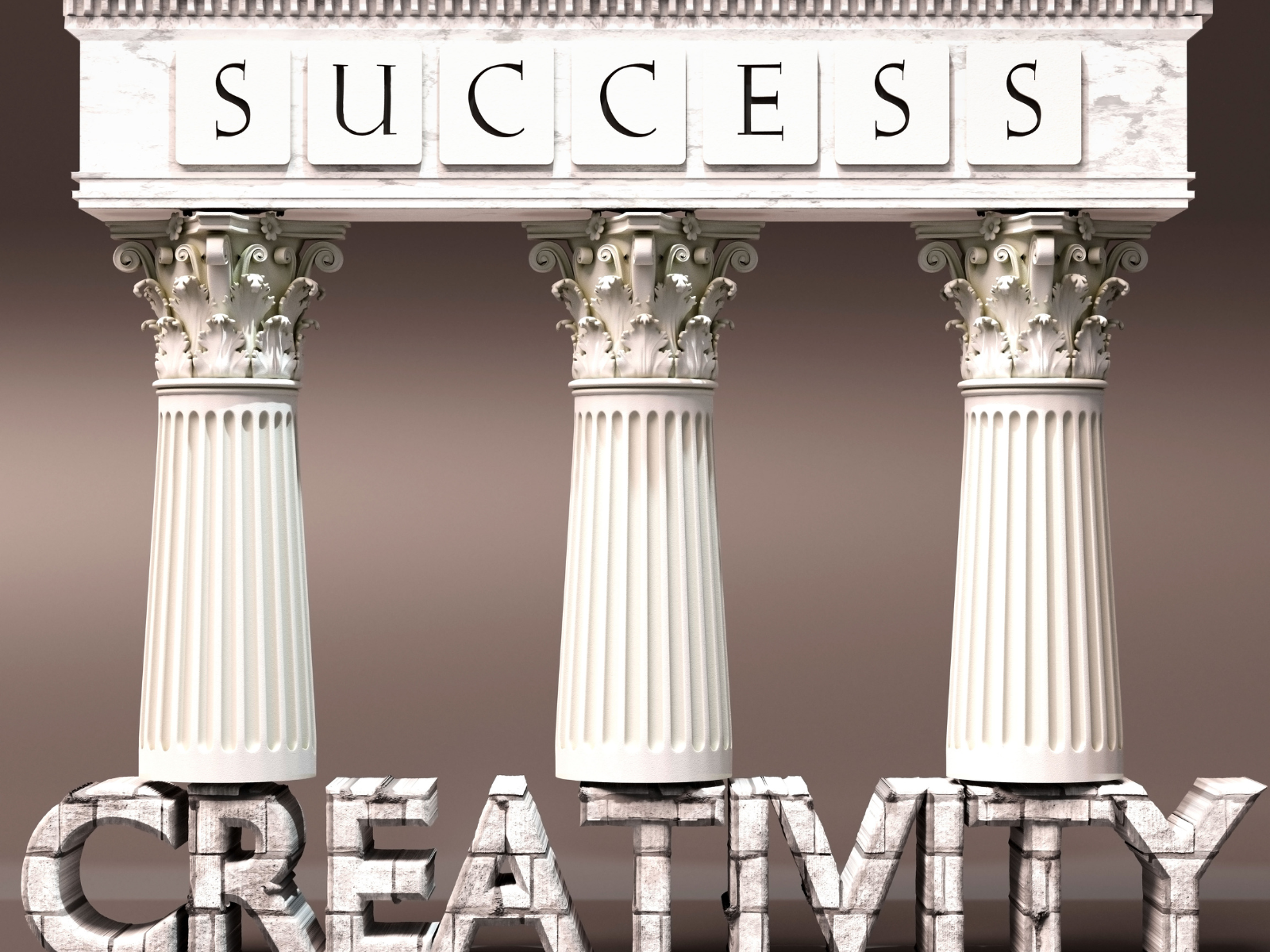
Types of Goals in the Creative Process
The type of creative goal you set will depend on the stage of your creative process.
If you’re just getting started, your goals might include activities that pave the way for success, such as learning a new skill or researching a topic related to your creative project.
If you’ve been working on something for a while but are feeling stuck, you might focus on creating productive habits or routines to get things moving again.
On the other hand, if you’re running into issues with consistency, your goals might include overcoming distractions and building up a consistent process that works for you.
No matter what phase of the creative process you’re in, setting goals can help you stay motivated, productive, and on track!
Here are some different types of goals:
- Long-term Goals:
These are your big-picture aspirations, like publishing a book or having a solo art exhibition.
They guide your overall creative direction.
- Short-term Goals:
These are stepping stones towards your long-term goals.
If your long-term goal is to publish a book, a short-term goal might be to finish a chapter each week.
- Process-oriented Goals:
These focus on the act of creating itself.
For instance, practicing guitar for an hour each day.
- Performance-oriented Goals:
These involve achieving a specific outcome, like winning a photography contest.
- Personal Goals:
These are tied to personal fulfillment, passion, and growth, such as exploring a new medium or style.
- Professional Goals:
These relate to your career advancement, like landing a contract with a publishing company.
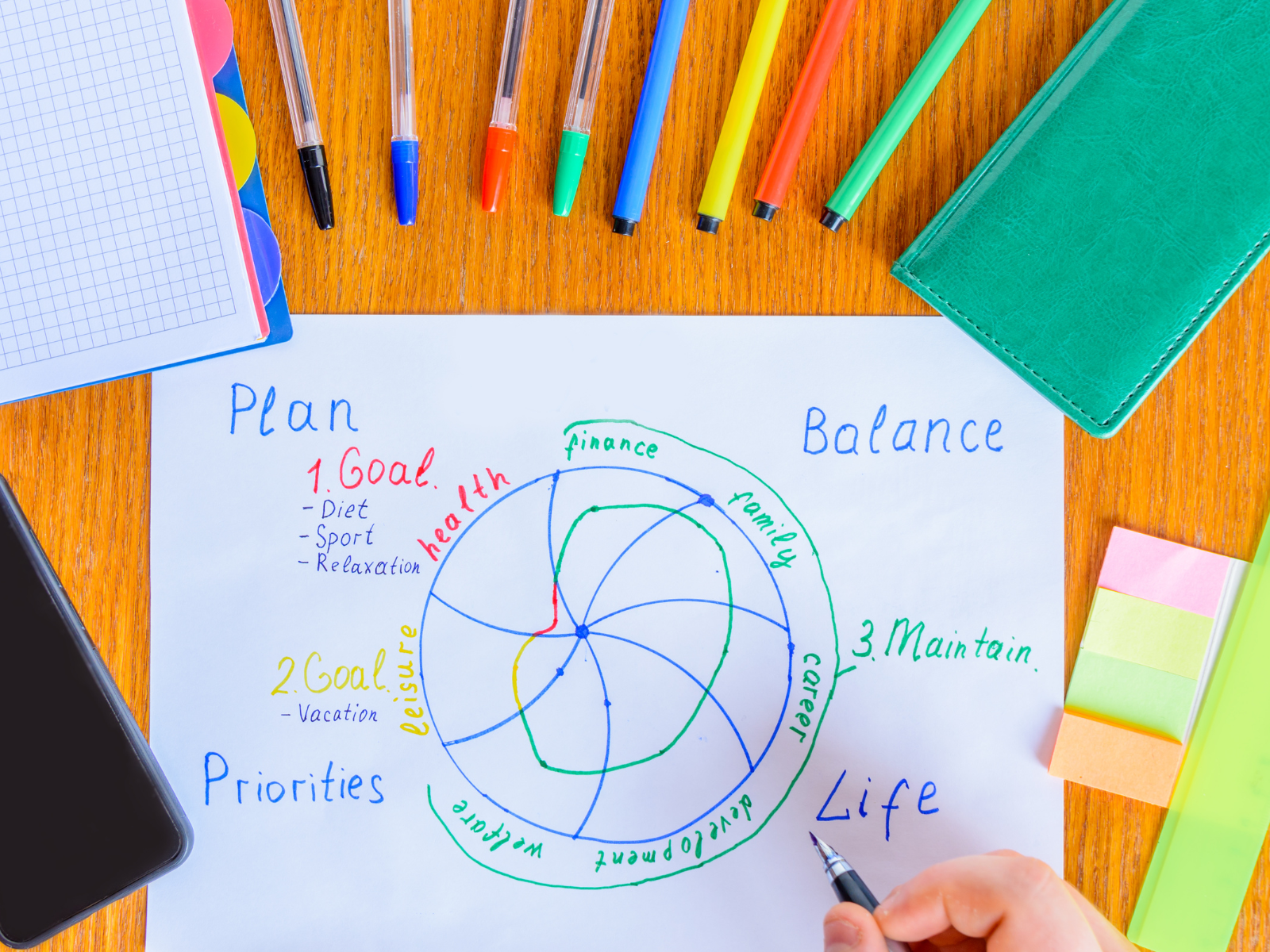


Examples of Creative Goals
Now that you know the types of goals to consider, you should start thinking about setting your own goals.
Depending on your field, here are some examples:
- Writing: Finish a 50,000-word novel in six months.
- Photography: Shoot and edit a photo series for a local exhibition.
- Painting: Create a portfolio of 20 original paintings within a year.
- Film making: Write, direct, and produce a short film.
- Music: Compose and record an EP in three months.
- Design: Redesign a website in two weeks.
- Acting: Join an improv class and perform in a play within six months.


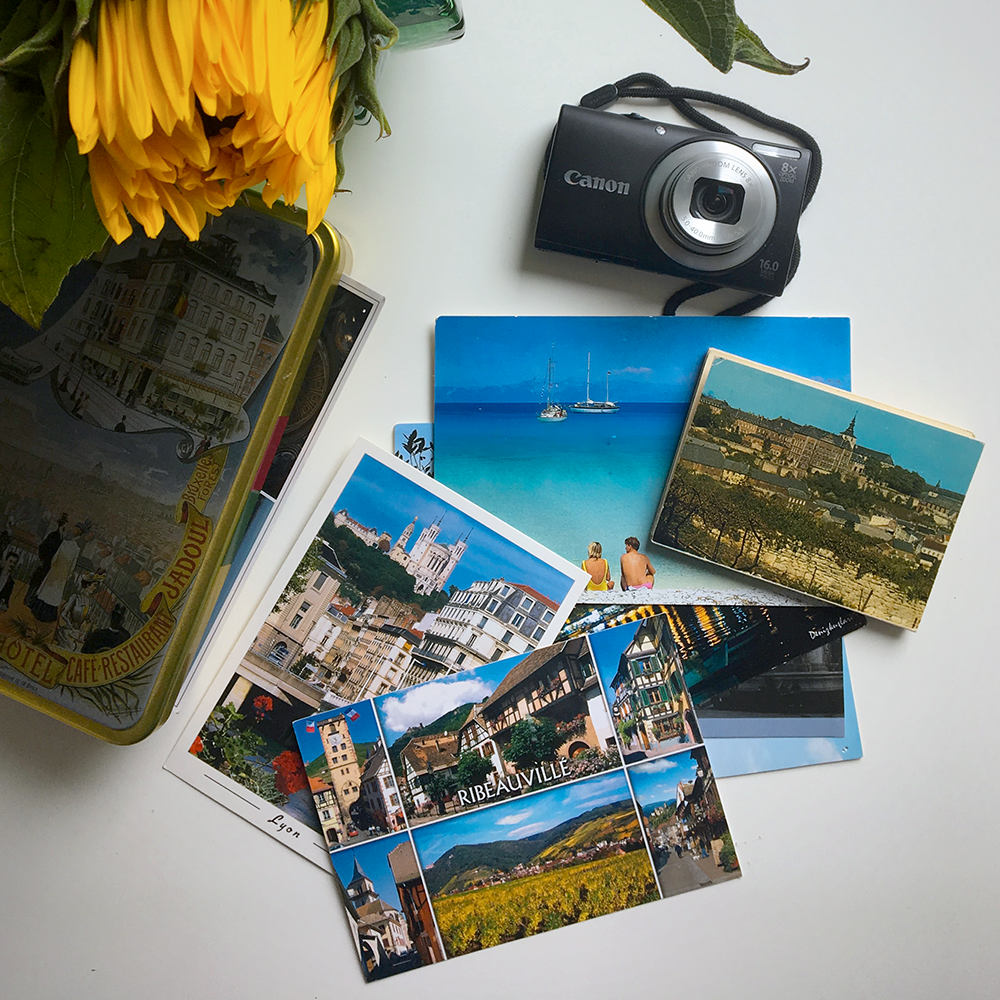
The Importance of SMART Goals in Creativity
SMART (Specific, Measurable, Achievable, Relevant, Time-bound) goals are a critical tool for creators.
They provide you with clear direction, keep you focused, and motivate you to achieve your creative aspirations.
The SMART goal system ensures that your objectives are:
- Specific:
Be precise about what you want to accomplish.
Instead of "I want to be a better writer," say "I want to write a best-selling novel."
- Measurable:
Set goals that allow you to track your progress.
For instance, if your goal is to improve your painting skills, set a measurable goal like "I will complete one painting every week."
- Achievable:
While it's good to aim high, ensure your goals are attainable.
If you've never written a poem before, setting a goal to win a poetry contest might not be realistic.
Start with smaller, achievable goals like "I will write one poem every day."
- Relevant:
Your goals should align with your broader creative vision.
If your long-term goal is to be a professional photographer, setting a goal to learn guitar might not be relevant.
- Time-bound:
Give your goals a deadline.
It creates a sense of urgency and keeps you motivated.
For example, "I will finish my novel by the end of the year."
Whether teaching an art class in an art studio, looking to boost your career trajectory and grow your marketing skills, use social media to promote your work and free resources, or make a living with your creative skills and talents — setting SMART goals is vital for achieving success.
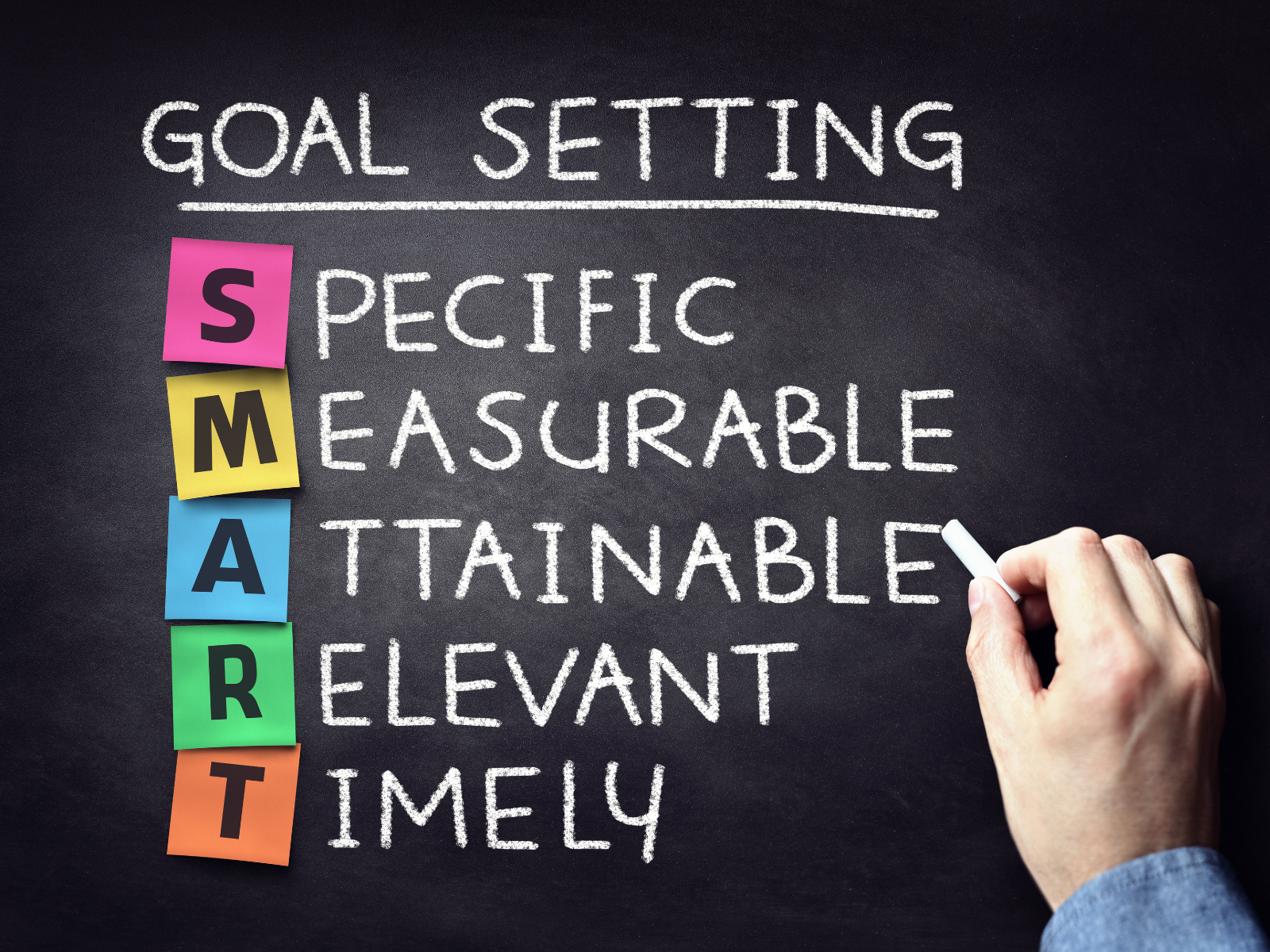

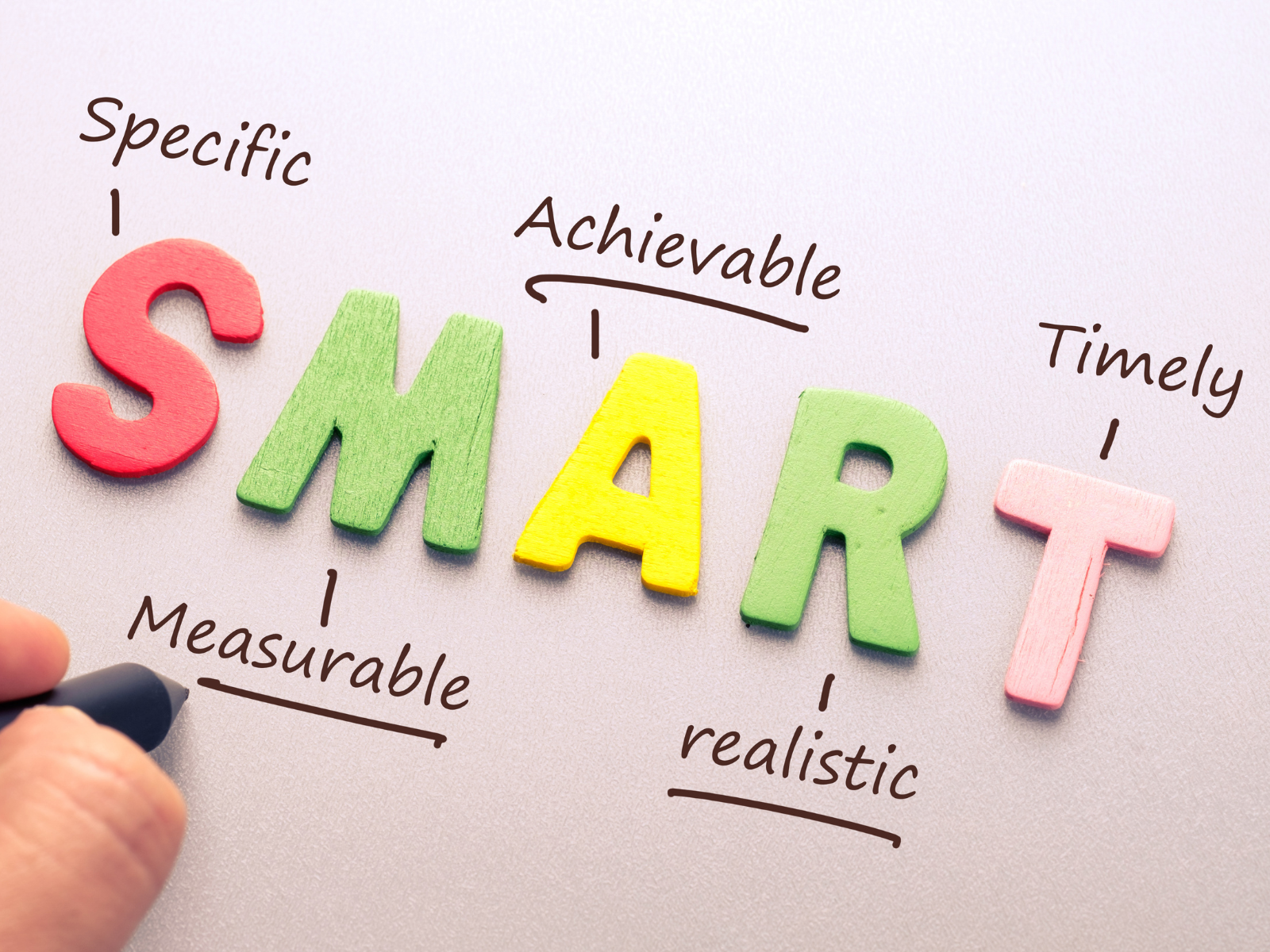
Establish Goals That Work For You
Now that you have some ideas for creative goals, it's time to get started on setting your own!
The key is to make sure they are realistic and achievable.
Start by brainstorming a list of ideas and writing them down on paper (or your whiteboard).
You should also think about the new skills or knowledge you need to hone in order to achieve your goals.
For example, if you want to be accepted into a prestigious art school, you might need to take some extra classes or attend workshops to develop your skills.
Once you’ve listed your goals, break them down into actionable tasks.
For instance, if your goal is to finish a novel in six months, think about what it will take to get there.
You might decide on writing 500 words per day or setting aside three hours each day for writing.
These smaller tasks are easy to manage and help keep you focused.
Make sure your goals are realistic.
If you're aiming too high, it can be easily de-motivating.
It's better to set achievable goals that will give you a sense of accomplishment when they’re completed.
- Identify Your Long-Term Vision: What's your ultimate dream? Having a clear vision will guide your goal-setting process.
- Set SMART Goals: Use the SMART framework to set both long-term and short-term goals.
- Break Down Your Goals: Divide your larger goals into smaller, manageable tasks to avoid feeling overwhelmed.
- Create a Schedule: Allocate specific time each day or week to work on your goals. Consistency is key in creativity.
- Track Your Progress: Regularly review your progress to stay motivated and make necessary adjustments.
- Celebrate Wins: Celebrate every achievement, no matter how small. It boosts morale and keeps you motivated.
- Stay Flexible: Don't be afraid to adjust your goals as you evolve creatively. The creative journey is often unpredictable, and that's part of its beauty!
Remember, the goal isn't just to achieve your creative goals but to enjoy the process.
So, let's set those goals and get creating!

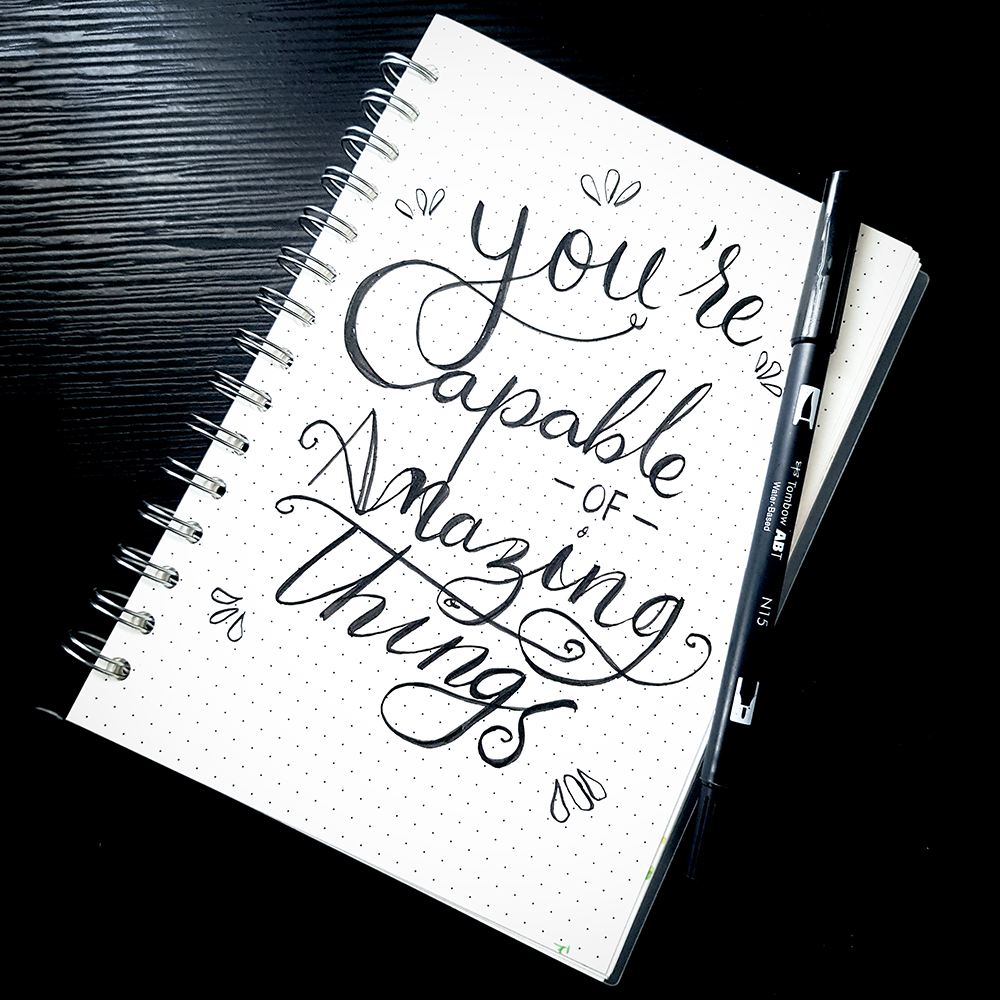

Goal-Setting Tips and Tricks
If you're feeling stuck on goal-setting in general, try some of these tips and tricks to help get your creative juices flowing:
- Start with a Vision:
Having a vision for where your art is headed can provide a clear direction and keep you motivated.
Think about what you want to accomplish; whether it’s learning a new skill, finishing a project, or selling your art, and write it down in a clear and concise way.
This vision will be the foundation for your creative goals.
- Break It Down:
Now that you have your vision in mind, it’s time to break it down into achievable, measurable goals.
Use the SMART framework and make your goals Specific, Measurable, Achievable, Realistic, and Time-bound.
For example, if you want to learn a new skill, set a specific goal such as “I will learn how to use a digital painting program in six months by taking online courses and practicing for two hours a day.”
Rome wasn't built in a day, and neither will your magnum opus, so break down your goal into smaller, manageable tasks.
- Hold Yourself Accountable:
It is equally important to assess your progress and hold yourself accountable.
Check in periodically to see if you are meeting your goals.
Celebrate your progress and identify areas that need improvement.
Joining an accountability group or finding an accountability partner is another option that can foster motivation and keep you on track.
- Embrace Failure:
Failure is an inevitable part of the creative process, but learning to embrace it can lead to growth and innovation.
Recognize that failure is an opportunity to learn and improve.
Approaching failure with positivity and growth mindset can be a game-changer.
- Celebrate Small Wins:
Finished a chapter?
Completed a sketch?
Celebrate!
Small wins keep the motivation high.
- Stay Consistent:
Creativity is like a muscle; the more you exercise it, the stronger it gets.
Consistency is key!
Set aside time each day to work on your goals and don’t forget to take breaks!
Breaks are essential for creativity.
- Experiment and Have Fun:
Finally, it’s important to remember that creativity should be fun!
Allow yourself to experiment and try new things.
Take breaks when needed and remind yourself why you began creating art in the first place.
Creative goals should not feel like a chore, but instead a way to enrich your art and personal life.
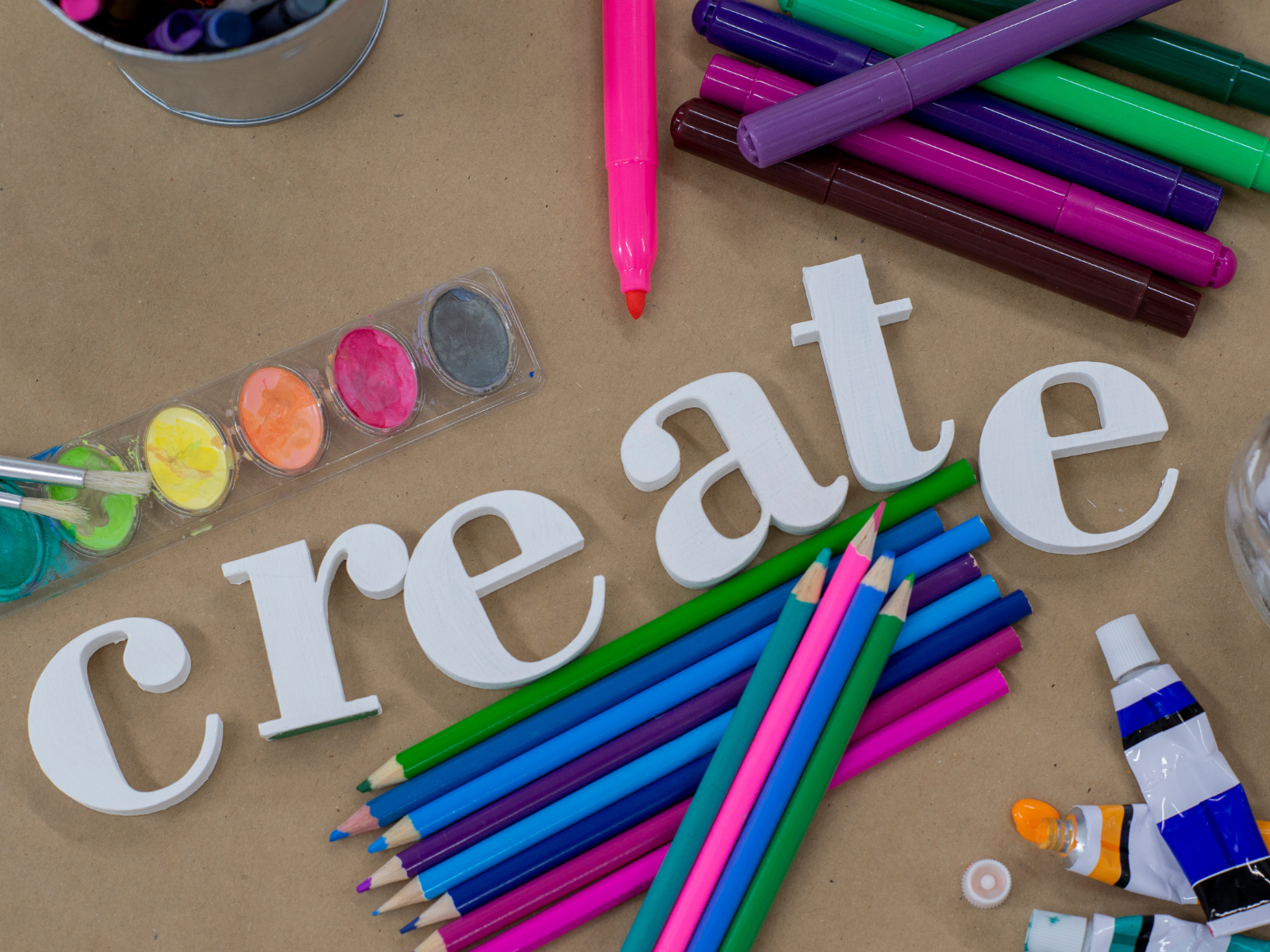
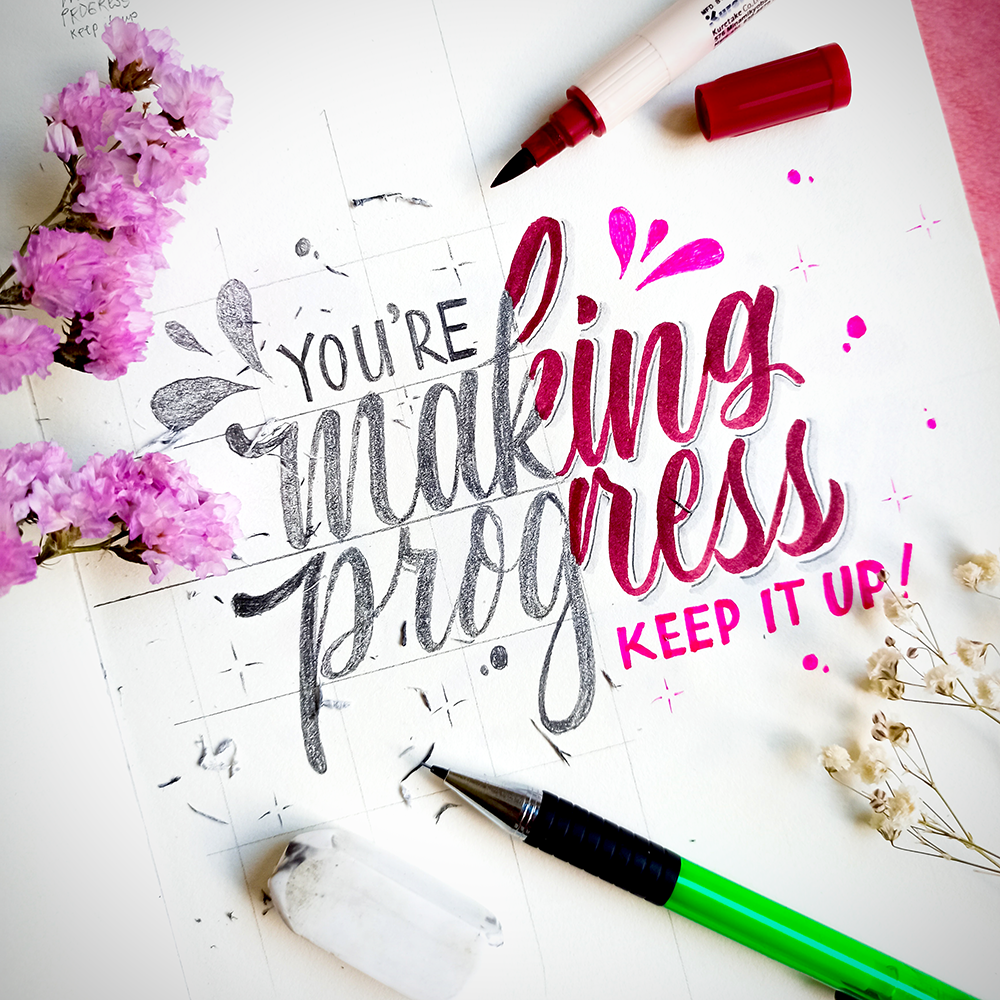

Let's Get Creative!
Setting creative goals can help you stay focused, motivated, and productive as an artist.
Remember to set SMART goals and break them down into achievable tasks.
Be sure to track your progress and celebrate small wins along the way!
By following these tips, you’ll be well on your way to setting achievable, inspiring, and fulfilling creative goals.
Remember to stay focused on your vision, break it down into measurable goals, hold yourself accountable, embrace failure, and most importantly, have fun!
No matter where you are on your creative journey, setting creative goals is a crucial step towards reaching your full potential.
So, what are you waiting for?
Set your creative goals today and let your imagination run wild; remember, every successful artist was once an amateur.
Whether you're just getting started or have been working on something for a while, set some creative goals and get creating!
Now that you have the knowledge and tools to set your creative goals, what are you going to accomplish this month?
Start setting those goals — it’s time to get creative and see where your art takes you!


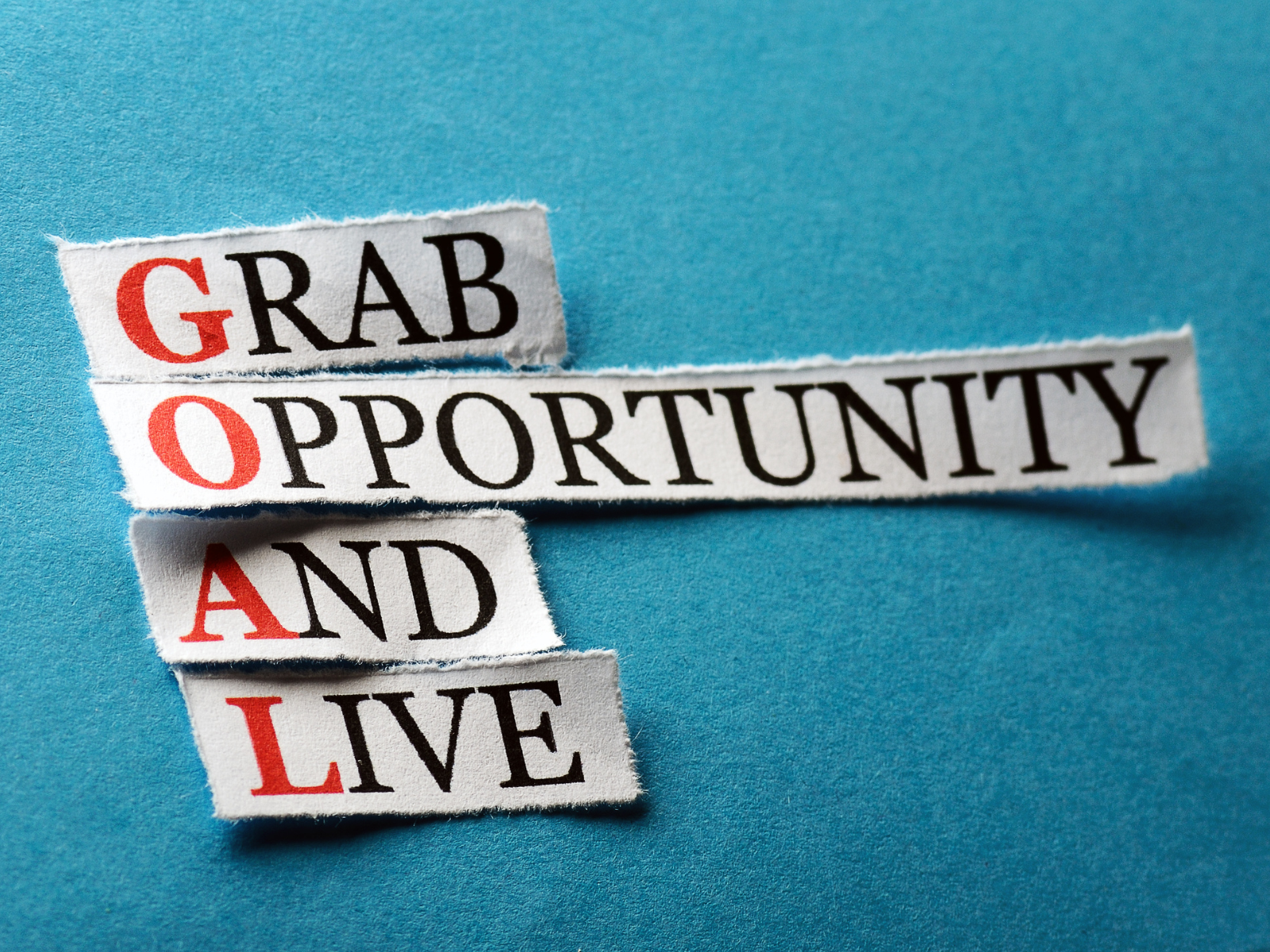
Looking to start setting SMART goals? Check out Rob Dial's video!
Want even more content about creativity and art?
Be sure to check out all of our creative chronicles!
Interested in exploring your creative side?
Check out some of our other articles:
